Our History
At Dromoland Castle
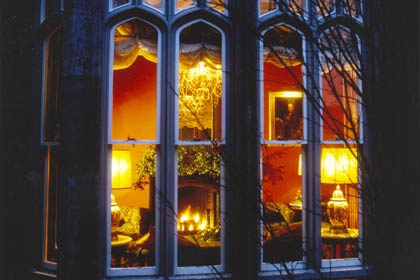
A consortium of mainly Irish American investors purchased the castle and estate. Through their continued investment and management, the castle has enjoyed a worldwide reputation for excellence and is regarded as one of the great resorts in Europe.
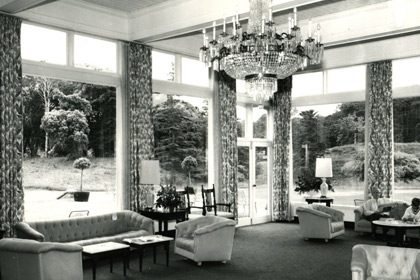
The castle underwent major renovations to transform the ancestral home into a luxury hotel. When the castle was officially reopened as a Resort Hotel, visitors who remembered it from the days of the Inchiquins marvelled at the preservation of its stately, warm and cheerful baronial country house atmosphere. The public rooms on the main floor of the castle look very much the same now as when Lord Inchiquin's family lived there, although the Lord's octagonal shaped study, under the round tower, is now a pleasant cocktail bar, and his library is now part of the dining room.
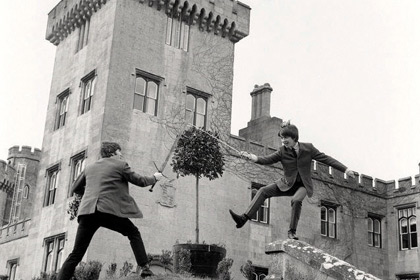
Lord Inchiquin sold the castle, along with some 330 acres of surrounding land, and the hunting and fishing rights to Mr. Bernard McDonough, an American industrialist, whose grandparents were born in Ireland. Conor O'Brien, the 18th baron, and his family live in Thomond House and continue to farm and run part of the estate as a sporting and leisure estate. The pedigree of the Dromoland O'Briens is kept in a vault at Lloyds in London and is 36 feet in length.
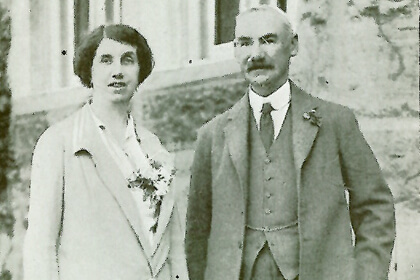
After Lady Ethel's death, her oldest son, Sir Donough O'Brien, the 16th Baron of Inchiquin, and his wife, Lady Anne, daughter of Viscount Chelmsford, a Viceroy of India, managed to maintain Dromoland Castle as a traditional ancestral home for more than twenty years. Lord Inchiquin tried to make the estate self-supporting as a dairy farm, but by 1948 was so financially hard pressed that he began to take in tourists as paying guests.
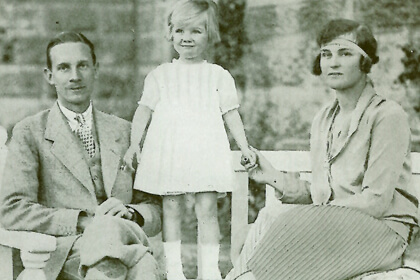
Dromoland Castle, Lord Inchiquin's historic seat at Newmarket-on-Fergus, Co.Clare, was one of the few big houses to escape destruction what they facetiously call "The Trouble" in Ireland. This was lucky, because it is one of the show places in the South. Lord Inchiquin is a Senator of the Irish Free State and was elected in 1921. The Hon. Donough O'Brien is his son and heir, and Mrs. Donough O'Brien was the Hon. Anne Thesiger, and is a daughter to Lord Chelmsford, a former Viceroy of India.
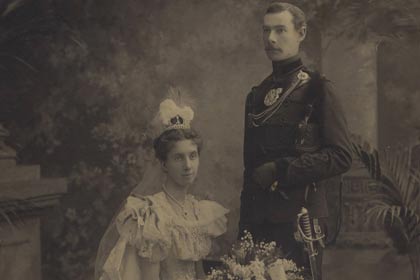
Although the family's good reputation saved the castle during the revolution, the later loss of income after the forced sale of the tenant farms made the castle and the 2,000+ acre estate increasingly difficult for the Inchiquins to keep. After the death of the 15th Baron of Inchiquin in 1929, Dromoland was supported mainly by the personal wealth of his widow, Lady Ethel Inchiquin, an heiress, whose portrait, painted by Herbert Draper, hangs near the staircase in the castle's hall.
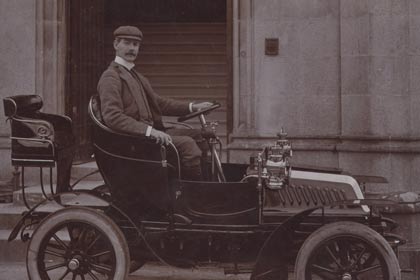
The IRA leaders in Dublin marked Dromoland Castle for destruction. However, sabotage orders were reversed at the last minute at the urgent request of local IRA leaders in County Clare, who argued that the Inchiquin Lords had been fair and benevolent in dealing with their tenant farmers. Sir Lucius O'Brien, the 13th Baron of Inchiquin (brother of Sir William Smith O'Brien), was remembered respectfully by the people of County Clare for his relief work in the famine years of the 1840s.
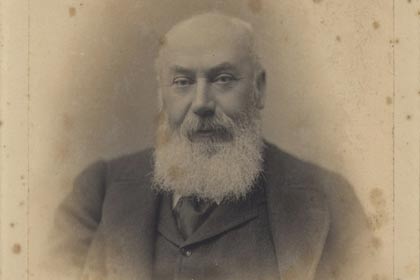
The wealth of the Barons of Inchiquin dwindled after a series of Land Acts started in the 1880s. During this time, landlords were compelled to sell their tenanted farmlands, thus the Inchiquins lost their main source of income. They still considered themselves fortunate, as their castle had survived the troubled times of Ireland's revolutionary war against Britain. The homes of many landlords in Ireland were left in ruins during the Irish Republican Army's war against the British forces in 1920 and 1921.
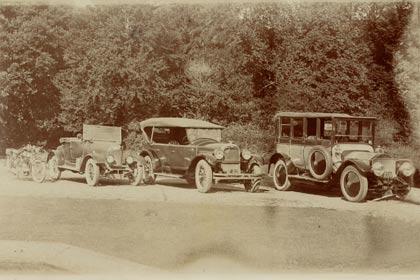
Dromoland Castle was the birthplace and boyhood home of William Smith O'Brien, M.P. Despite his aristocratic background, Smith O'Brien fought militantly for the rights of oppressed Irish Catholic peasant farmers and led the Young Irelanders rebellion against the British authorities in 1848. He was sentenced to be hanged, drawn and quartered, later exiled instead to Tasmania for his role in the revolt . He returned to Ireland in 1856; there is a statue of him in O'Connell Street, Dublin. He died in 1864.
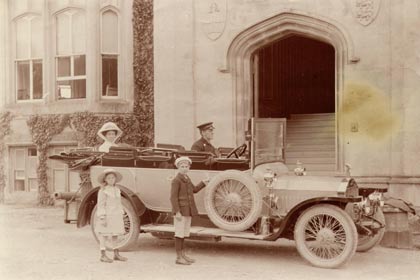
The present main building of Dromoland Castle, with its high Gothic-styled grey stone walls, was rebuilt and designed by the Pain brothers, famous architects of that period. The castle was built by the then Lord of Dromoland, Sir Edward O'Brien, 4th Baronet, at great expense. The cost of cutting and hauling its stone from a nearby quarry on the Dromoland Estate alone was more than 80,000, a huge amount in Georgian times.
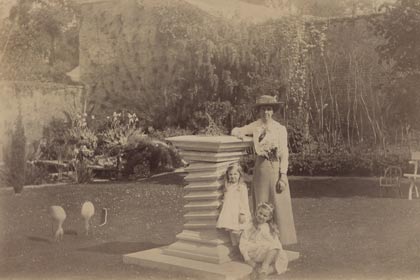
Sir Edward O'Brien, the 2nd Baronet, was revered as a famous racehorse owner and trainer. He built the Turret on the hill opposite the entrance to Dromoland Estate, from where he would observe his horses race. He once gambled the estate on a horse race; mercifully, Sean Buis won the race and saved the estate. Sean Buis is buried under the Temple, 100 yards from the old entrance to the castle.
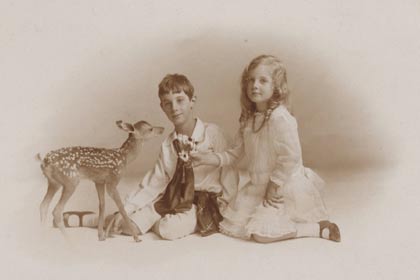
The second castle/house at Dromoland was built; it was more residential in appearance with a design of the Queen Anne period. The Queen Anne Court, the charming quadrangle of 29 guestrooms, is a century older than the rest of today's castle. It was rebuilt inside and redecorated in 1963 when the castle was redesigned as an hotel.
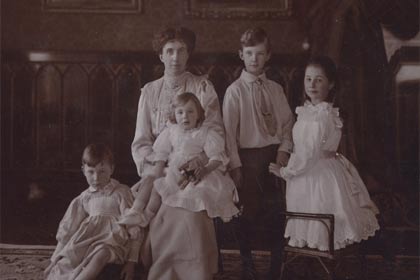
Sir Donough O'Brien moved the most powerful branch of the O'Briens to Dromoland in the late 17th century. He was an astute man and managed to avoid declaring for either King James II or King William. He was at that time reputed to be the richest man in Ireland.
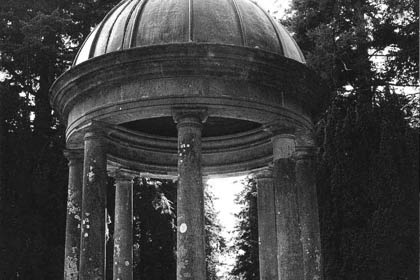
Conor O'Brien of Lemenagh Castle was killed in battle by the Cromwellian army. His widow Maire Rua or Red Mary O'Brien agreed with General Ireton as a mark of good faith to marry an officer in the Cromwellian army in order to save the family estate. She married Cornet John Cooper thus preserving the Estates for her eldest son Sir Donough O'Brien.
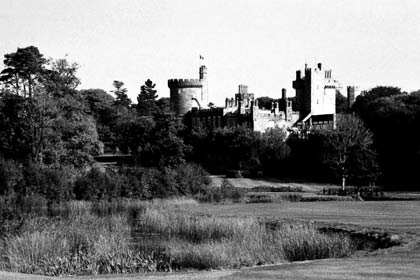
The chief of the Clan O'Brien, Murrough, 57th King of Thomond was forced to surrender his royalty to King Henry VII, thus becoming the Baron of Inchiquin and First Earl of Thomond. Records show that the castle was rebuilt during this period.
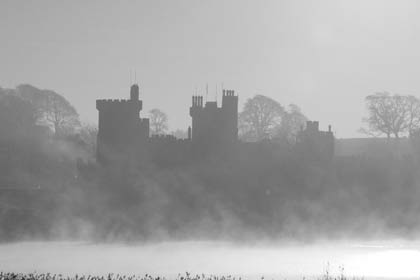
Donough O'Brien, a son of Brian Boru, controlled Dromoland when it was a defensive stronghold. It was similar in structure to Bunratty Castle, which was also an O'Brien stronghold at that time. For the next 900 years a branch of the O'Briens lived and ruled from Dromoland Castle.
Many of these photos are by Kind permission of Conor O’Brien,
18th Baron Inchiquin.



